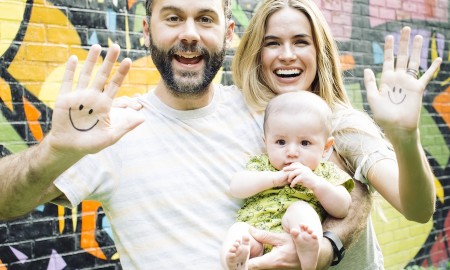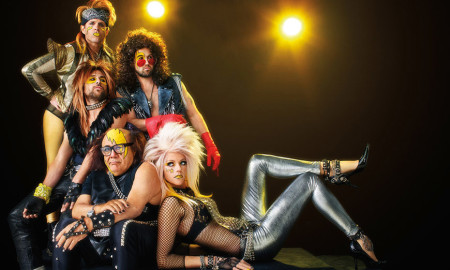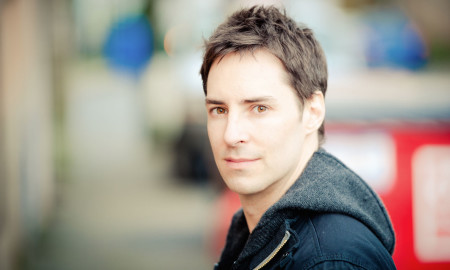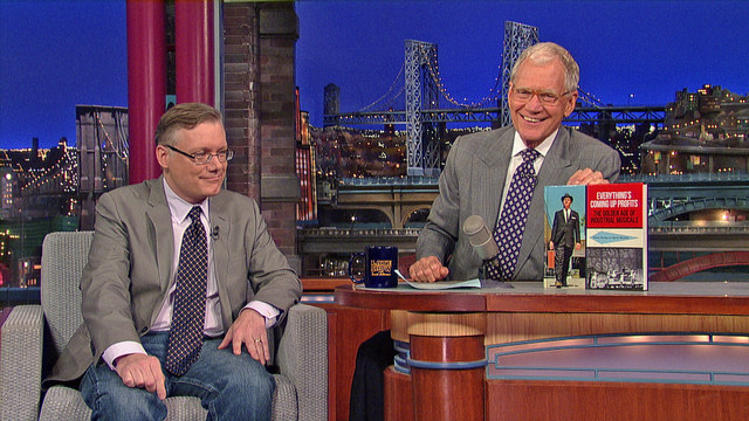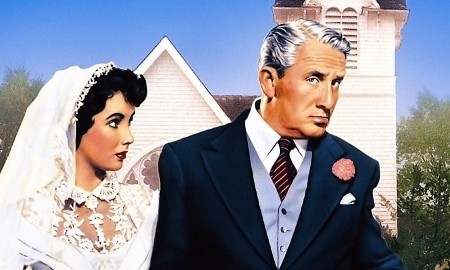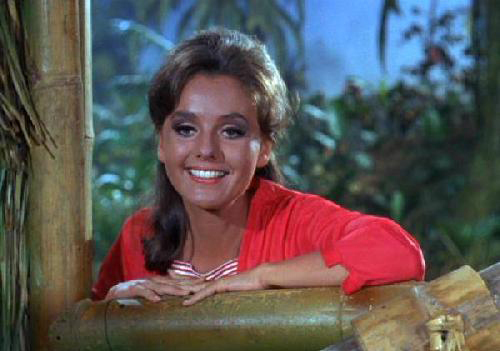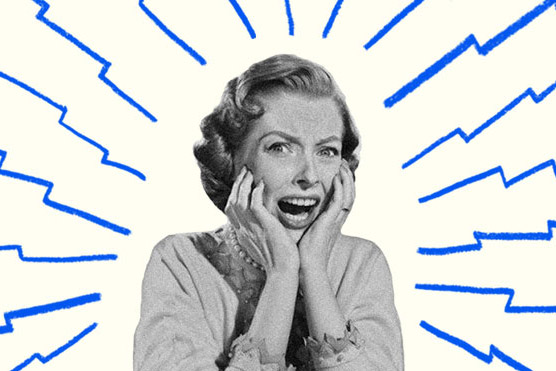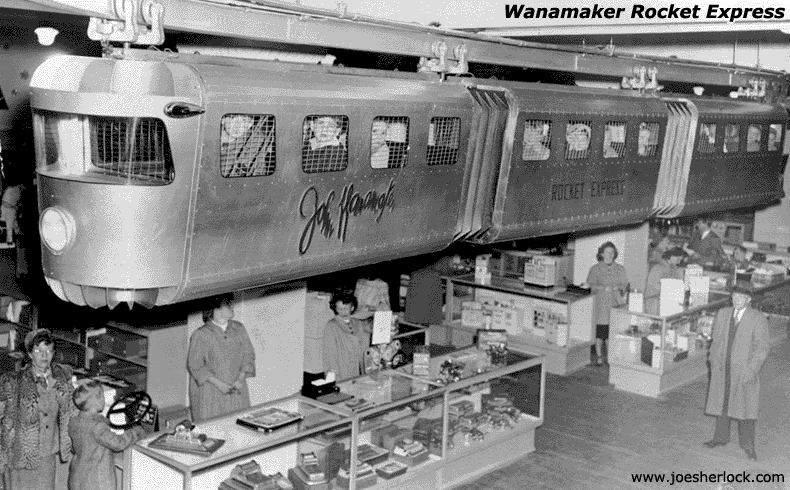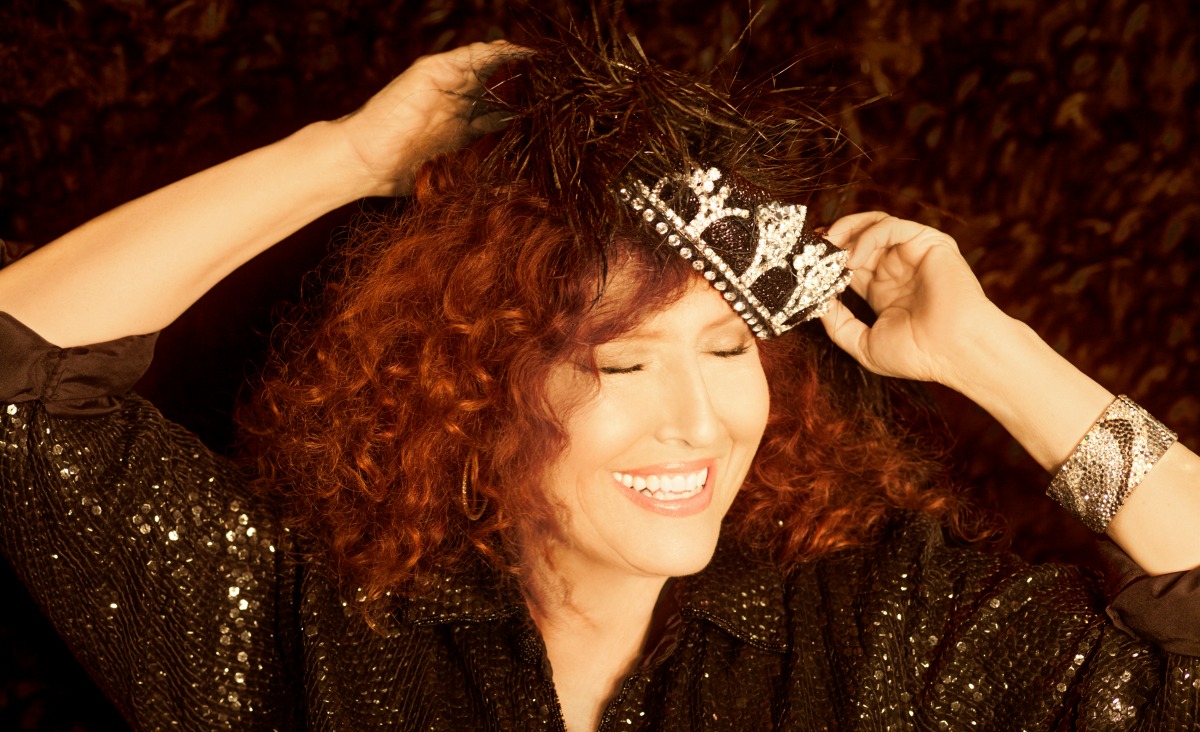

Leigh Gallagher’s new book explores the trend we never thought we’d see, and how the American Dream is shifting into reverse.
Don’t tell the Cleavers, the Nelsons and the Bradys, but it seems like our national love affair with the suburbs is about to get canceled.
Oh, the split-levels and the cul-de-sacs are still around, for sure, but the thing is: the thrill is gone.
Millennials are not interested, the nuclear family is imploding, and big boys like Walmart and Lowes are going urban.
Also, the price of oil – and a long-ass commute – are, by all accounts, running on empty.
House hunters are opting out, and turning up their noses at McMansions (just ask leading home builders).
Heads are turning back to the very place that millions had eagerly escaped generations ago: the city.
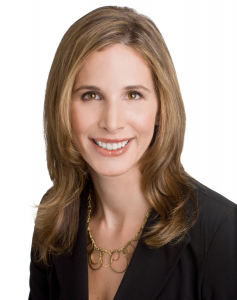 Suddenly, public transportation and smaller, smarter space feel greener than a quarter-acre backyard. Plus, a live/work/play environment is the place that younger people would rather stay.
Suddenly, public transportation and smaller, smarter space feel greener than a quarter-acre backyard. Plus, a live/work/play environment is the place that younger people would rather stay.
Conversely, urban living is not for everyone, but the little boxes made of ticky-tacky, and its reputation for repetition, is going the way of the TV antenna.
The coming solution: sub-urbia. The best of both worlds.
In her important book, The End of the Suburbs, Fortune magazine co-editor Leigh Gallagher sums up a phenom that we never thought we’d ever see in our lifetime.
Here, she gives us the lowdown on why Upper Lowersville is becoming a dead end street.
This is a trend that seems to be quietly sneaking up on us. How did you trip over it?
I just started noticing some data points out there a couple years ago: after decades, our love affair with suburbia might be peaking. I thought, if that’s true, that would be a very big idea. That’s what prompted me to look into it.
I particularly love these ideas when they are rooted in economic data. Once I started looking into it, every stone I turned over yielded some kind of proof of this overall thesis.
In your book, a lot of people had seemed very pleased about your title, especially people who have come from the suburbs. No love lost for the suburbs. Why do you that is?
I talked to a lot of people about their suburban experience. Nobody said, “I love it there.”
Some people surely do love it there, and I don’t have any beef against it. But some people said, “Oh, we’re only here until the kids are done with school.” Well, that shouldn’t be the way you talk about the place you live.
Most people live in suburban communities, so I just thought there was a disconnect there.
This, of course, does not mean that you are anti-suburb.
Not at all. I live in the West Village of New York City, and I don’t think that’s the answer for everybody either. Certainly, not everybody wants to live in a skyscraper in Manhattan, or even in the big city anywhere. I’m not saying that that’s the solution.
But for so long, we’ve had this binary landscape where you have to pick: city or suburbs. And there is nothing in between. What people want more of is that “in between.”
Your book details the fact that the American suburbs were no accident. After World War II, there was a huge master plan in place to get everyone to move there.
They were very deliberate. They were the solution to a big problem, which was the housing shortage.
We were newly in awe of the car and mass production, and it was very much a top-down solution, everything from the Federal Highway Act to the mortgage interest deduction to the way homes were built and financed to the price of gas.
Everything was deliberately planned and laid out in this way. And we came to do it very well, fast and efficiently. Builders made money, and everybody loved it.
The only problem was, it wasn’t the right solution forever and ever, and it didn’t make people totally happy after a while.
I guess the knee-jerk reaction to your book is that the recent burst of the housing bubble is what caused the end of the suburbs, but that’s not true, as you stated.
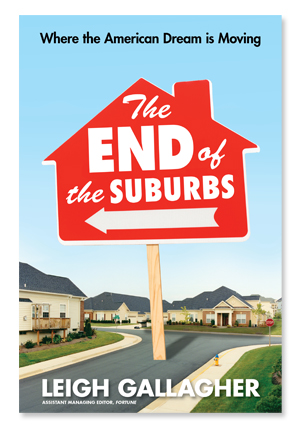 That exasperated the overbuilding and truly all of those ex-urbia communities that went up last.
That exasperated the overbuilding and truly all of those ex-urbia communities that went up last.
Everything else is suffering from much longer-term grinding forces that have been at work for quite some time: the price of energy, and the change in demographics, which is seriously reducing the number of young families in our country, and just changing interests, especially among millennials.
All of these other forces actually have nothing to do with the housing crisis.
Many people aren’t having kids. They are already bucking the trend there.
Single-person households are the fastest growing household type. The notion of the Leave It To Beaver nuclear family: mom, dad and 2.5 kids, is really going out the window.
An [real estate] executive told me that the traditional family structure is really the minority. And that’s a profound change.
Its not surprising that the suburbs are not the millennials’ cup of tea, but it is hard to believe that their distaste for the suburbs could be one of the very things that will be its death knell.
A lot of people think, “Oh, just wait until [the millennials] start having kids. That will all change and they will go right back to the suburbs.” But I don’t think so.
I think the urban-burbs are becoming more desirable. I don’t think cul-de-sac suburbia is where they will end up.
Cities are expensive for a lot of young people, so it’s not like they’re all going to come rushing to live in New York City either, but what they don’t want is for their kids to grow up in the back seat of a car.
Also, it’s interesting to note that retail, which always follows the people and their wallets, is leaving suburbia in a big way and heading back toward cities.
There is a site called deadmalls.com that tracks dead or dying shopping malls. They are increasingly becoming an anachronism. Retailers are heading to cities or more urban areas.
Everything from Target to Walmart to Walgreens, they are coming up with smaller-format stores for cities or more urban environments.
Corporate headquarters are also coming back to the cities.
When you actually think about the notion of “the end of the suburbs,” it’s really mind-blowing. Growing up, it was the epitome of the American Dream and it seemed like it was here to stay.
It’s really a reversal that we never thought would happen. Absolutely. And it’s happening all over the place.
###
Get Leigh’s book here


